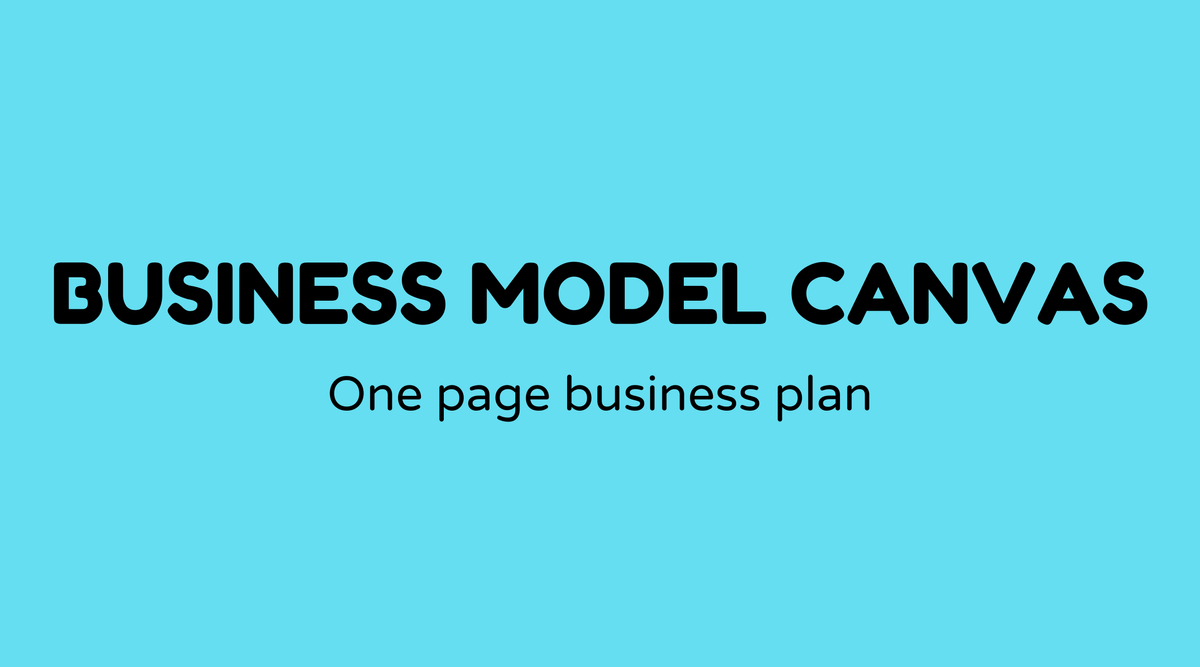Business Model Canvas

Overview of Business Model Canvas:
Every thriving enterprise requires a framework to address its complexities. Enter the Business Model Canvas, a strategic management tool that provides a visual representation to assist entrepreneurs and organizations in outlining and evaluating their business model. This single-page document consolidates the nine fundamental elements of any business, facilitating brainstorming, development, and communication of new or existing models. Grasp nuances quickly and identify potential challenges without getting lost in paperwork.
Why Business Model Canvas Matters:
Simplicity is key! That's why the Business Model Canvas is valued by startups, established firms, and educational institutions alike. Unlike lengthy business plans, it offers a snapshot that conveys clear understanding. Comprehend your customers, value proposition, and structure all at once. Additionally, it encourages a comprehensive approach, promoting collaboration across various departments. Say farewell to isolated thinking and welcome multi-dimensional insights!
Internal link suggestion: Check out our complete guide on strategic planning for businesses.
What is Business Model Canvas:
Developed by Alexander Osterwalder, the Business Model Canvas consists of nine critical components:
- Customer Segments: Who are we creating value for?
- Value Propositions: What’s unique about what we provide?
- Channels: How do we reach and engage with our customers?
- Customer Relationships: How do we build and maintain connections?
- Revenue Streams: How does the business generate income?
- Key Resources: What essential assets enable our business model?
- Key Activities: What are the primary actions we perform?
- Key Partnerships: Who are our collaborators in growth?
- Cost Structure: What are the main expenses of the business?
These components work together, illustrating how interconnected elements influence a business's success.
How to Utilize Business Model Canvas:
Creating a Business Model Canvas isn’t difficult, but it does require focused effort:
- Gather Your Team: Bring together individuals from different departments or areas of your business.
- Digitize or Print the Canvas: Utilize tools like sticky notes for flexibility.
- Analyze Customer Segments: Identify key demographics and psychographics.
- Clarify Value Propositions: Define what differentiates you.
- Map Out Channels: Chart the path from product development to customer delivery.
- Establish Customer Relationships: Determine interaction methods—personal, automated, etc.
- Identify Revenue Streams: List all potential sources of income.
- Outline Key Resources, Activities, Partnerships: Document what and who drives the business forward.
- Evaluate Cost Structure: Focus on both fixed and variable expenses.
Use this template to inspire brainstorming and ensure thorough discussions.
Examples of Business Model Canvas:
Let’s look at a few examples for clarity:
- Airbnb: Customer Segments include travelers seeking unique lodging experiences, the Value Proposition focuses on affordability, and Channels utilize their online platform.
- Spotify: Delivers personalized music streaming (Value Propositions) through digital platforms (Channels) with subscription-based Revenue Streams.
By analyzing these examples, consider how various industries implement the Canvas to refine and enhance their business models.
FAQs:
Why do businesses choose the Business Model Canvas over conventional business plans?
The Canvas is straightforward, concise, and provides an immediate overview, encouraging rapid adaptations without the depth of traditional plans.
Can the Business Model Canvas serve a new product launch?
Definitely! It's tailored for business ideation, making it ideal for assessing new products.
How often should a Business Model Canvas be revised?
Update it whenever significant internal or external changes occur—quarterly or bi-annually is advisable.
Is the Business Model Canvas suitable for all types of businesses?
Yes, whether you’re a startup, SME, or large enterprise; it adapts to various scales and industries.
What’s the difference between the Lean Canvas and the Business Model Canvas?
While they share similarities, the Lean Canvas emphasizes startups and includes specific aspects like problem identification and key metrics.
Are there software tools that can assist in creating a Business Model Canvas?
Certainly, platforms like Lucidchart, Canva, and Creately offer digital formats for easy collaboration.



